From Flop to a 12-Film Series: Remembering The Swan Princess
- inthearchivespodca
- Feb 26
- 5 min read
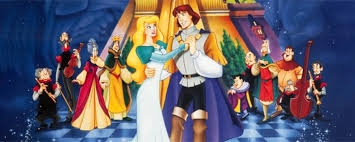
Most people may not remember the 1994 animated film The Swan Princess, as its theatrical release was a major box office flop. For many, the movie is forgettable, but for those of us who hold it near and dear to our hearts, The Swan Princess remains a charming tale based on the ballet Swan Lake. This musical adventure follows the love story of Prince Derek and Princess Odette—two royals from different kingdoms promised to each other since birth. However, things go awry when the antagonist, Rothbart—voiced by Oscar-winning actor Jack Palance—captures Odette and curses her to live as a swan. Determined to find his lost love, Derek embarks on a quest to break the spell.
Although inspired by the ballet, the movie does not feature any actual ballet sequences. Instead, the iconic swans of Swan Lake are replaced by three comedic animal sidekicks: Jean-Bob the frog (John Cleese), Speed the turtle (Steven Wright), and Puffin the bird (Steve Vinovich). These three help Odette in her mission to break the
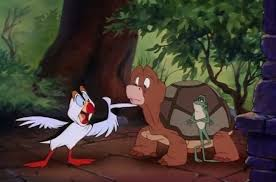
curse. For a glimpse into this enchanting film, watch the trailer below.
Despite its initial box office failure, The Swan Princess has stood the test of time. Thirty years later, it has grown into a 12-film series that continues to follow the adventures of Derek and Odette. The enduring legacy of this film is a testament to the passion and dedication of its creators, Richard Rich and Seldon Young.
The Birth of The Swan Princess

The 1990s saw a resurgence of animated feature films. The Walt Disney Company, fresh off the success of The Little Mermaid (1989), ushered in a new Renaissance era of animation, with Beauty and the Beast (1991), Aladdin (1992), and The Lion King (1994) becoming massive hits. Inspired by Disney’s success, independent animators sought to create their own feature-length animated films. Among them were producer Seldon Young and former Disney animator Richard Rich, who embarked on their most ambitious project yet—The Swan Princess.
Our story begins in the 1970s with Seldon Young, who started his career selling illustrated scripture books. In the following decade, he transitioned from print to film, producing over 500 dramatized audio and video adaptations of biblical and historical stories for the home video market. Young envisioned creating an animated Living Scriptures series but struggled to find a Hollywood studio willing to produce it. That changed when his friend and composer Lex de Azevedo—the eventual composer for The Swan Princess—introduced him to Richard Rich, a Disney animator known for his work on The Fox and the Hound and The Black Cauldron. At the time, Rich was leaving Disney to start his own animation studio.
The two quickly formed a partnership and began working on Young’s Living Scriptures series. While working together, Rich proposed the idea of adapting the fairytale that inspired Swan Lake. “I wanted to do a fairy tale with an impact equal to Cinderella,” Rich later stated. “That was my burning desire. Fairy tales last—they don’t go out of style.” However, Young was initially hesitant, and their studio lacked the necessary funding for such an ambitious project.
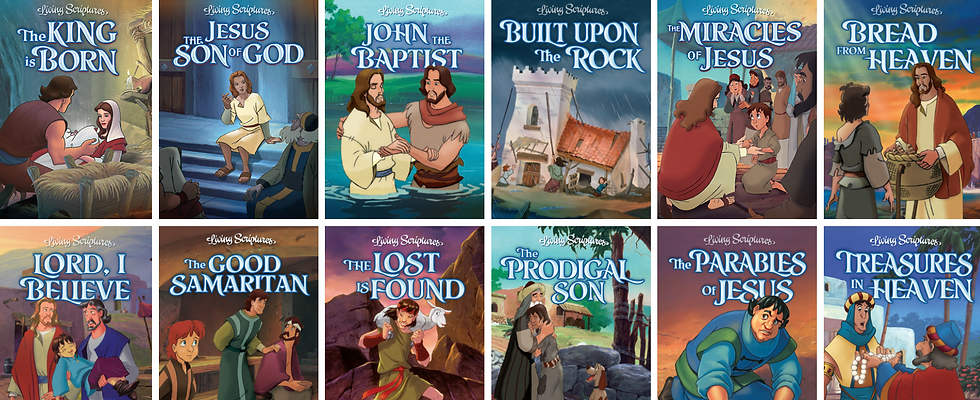
The Making of The Swan Princess

In 1993, Rich’s dream became a reality when his animation studio merged with Nest Family Entertainment. Production on The Swan Princess began immediately with a $12 million budget, funded largely by Jared Brown and Young’s personal investments. Unlike many animation studios that were transitioning to digital animation, Rich and his team opted for a traditional hand-drawn approach. In fact, The Swan Princess became the last fully hand-drawn animated film to be theatrically released in the 20th century.
After writing the script, Rich’s first priority was assembling the perfect cast. Rich cast many talented voice actors in the film, but he is most proud of casting Michelle Nicastro as Princess Odette. Rich recalls the casting of the princess was a hard task as he wanted someone with a princessy voice that he just could not find when auditioning Broadway actresses. The famous Liz Callaway provided Odette's singing voice. (She was also the singing voice for Anastasia and Barbie in many of those movies).
However, animators had the most fun with Jack Palance who voiced the villain Rothbart. They filmed his recording sessions and used his facial expressions in the film. The animators also added Palance's iconic one-handed pushup that he did at the 1992 Oscar into the film.
While the film’s production cost $12 million, the advertising budget was even higher. Throughout production, Young pitched the film to studios and distributors to secure additional funding. New Line Cinema agreed to distribute the film but declined to finance it. With the help of independent producers, the budget for prints and advertising grew to $45 million. The film was set for release on November 18, 1994—just in time for the holiday season.

However, an unexpected challenge arose. Initially, Disney had scheduled The Lion King for a Labor Day release that year, but they moved it to November 18—the same day as The Swan Princess. Variety magazine referred to this move as “sabotage.” In a 2019 interview, Young reflected, “At the time, yes, we were really upset. We saw all kinds of things that were sabotage in nature. Now I say, look, Disney does their job. And I have to navigate around that and not hold feelings about it.” Some advised Young to postpone The Swan Princess until spring, but he had already invested too much in the Christmas market-- including a parade float at that year's Macy's Thanksgiving Day Parade-- to afford a delay.
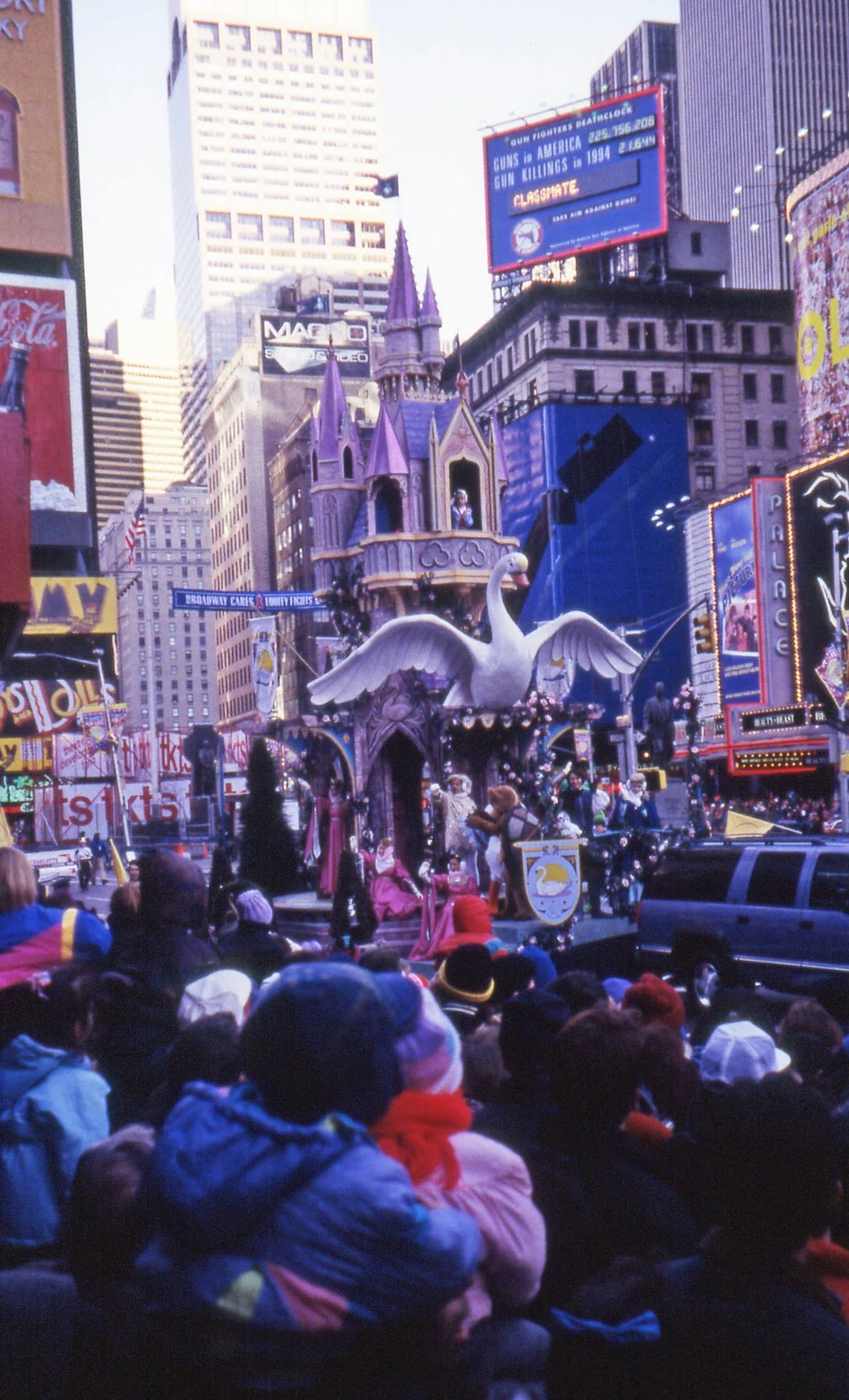
From Failure to Franchise
On November 18, 1994, The Swan Princess went head-to-head with The Lion King—a battle it could not win. Disney’s film became the highest-grossing movie of the year and the second highest of all time. Meanwhile, The Swan Princess flopped, earning only $9.8 million. Though it regained some financial ground through home video sales, it remained buried in debt—until Sony stepped in.
Sony acquired the international distribution rights for the home video release, and to everyone’s surprise, the film found significant success overseas. Impressed by its performance, Sony approached Young and Rich about producing a direct-to-video sequel. The two agreed, and in 1997, The Swan Princess: Escape from Castle Mountain was released. Buoyed by its success, they immediately sought approval for a third installment, which resulted in The Swan Princess: The Mystery of the Enchanted Treasure (1998).

After a decade-long hiatus, Young and Rich revived the franchise with The Swan Princess Christmas (2012). While a risky move, it ultimately paid off, with fans embracing the new style. With this installment, the franchise shifted from traditional hand-drawn animation to CGI. By the sixth movie, Young had finally seen the fans' reception of the franchise. He states, "I went to a FanX here in Salt Lake, just roaming around in Swan Princess pants... So I'm having a lot of people coming up and telling me they love the movie... That's when the recognition came, that this brand was bigger than I ever thought." Rich would have similar experiences of fans expressing that The Swan Princess was their favorite movie. This inspired the two to expand the franchise, and produce even more movies. By 2023, the franchise had expanded to an impressive twelve films, with no plans yet for another movie.
A Legacy That Endures
Despite its initial failure in theaters, The Swan Princess has carved out a unique legacy, capturing the hearts of audiences across generations. While it may never have achieved Disney-level box office success, its true triumph lies in the homes of its devoted fans. For those who remember and cherish The Swan Princess, the film remains a beloved classic—one that continues to enchant audiences, three decades after its debut.
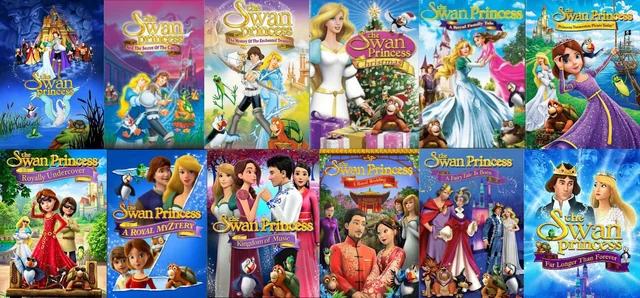







Comments